- Campus Services
- Budget Office
- Campus Controller
- Campus Planning and Design
- Career and Professional Development
- Event Operations
- Facilities Management
- Fire & Life Safety
- Institutional Compliance and Internal Audit
- Institutional Research and Decision Support
- Legal Affairs
- Mail Services
- Marketing and Public Affairs
- Parking Services
- Public Safety
- Sustainability
- Copy Jobs
- Campus Resources
- Marketing and Public Affairs
»2016 Environmental Audit
The topics covered in this year's audit include waste management, reusables in residence life, hazardous waste, campus dining, sustainable food options on campus, residence hall dining, and dining commons equipment. For an overview of the audit, read the introduction.
View the 2016 Environmental Sustainability Audit Executive Summary
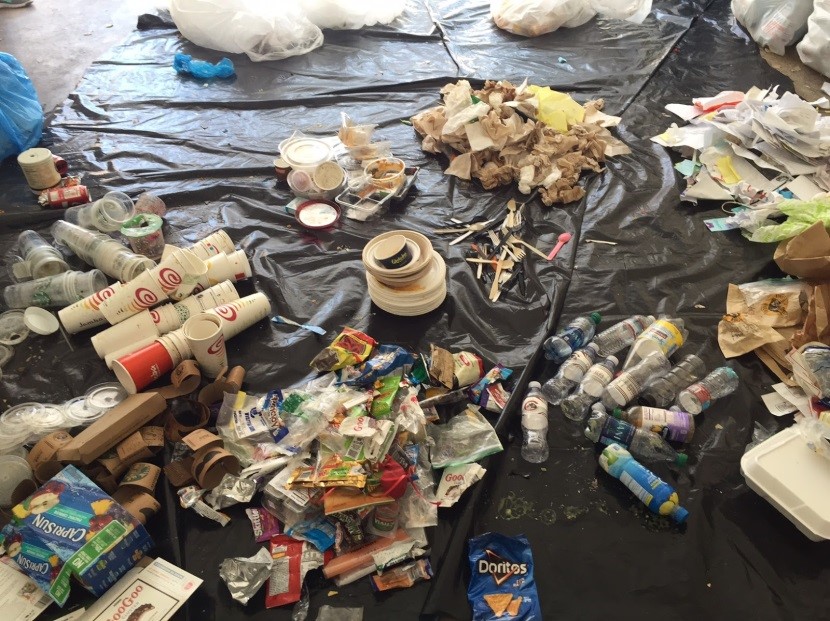
Waste Management on Main Campus
This chapter of the 2016 Environmental Audit focused on waste management efforts on main campus, including paper usage, recycling signage, education/behavior change, composting, and waste transportation.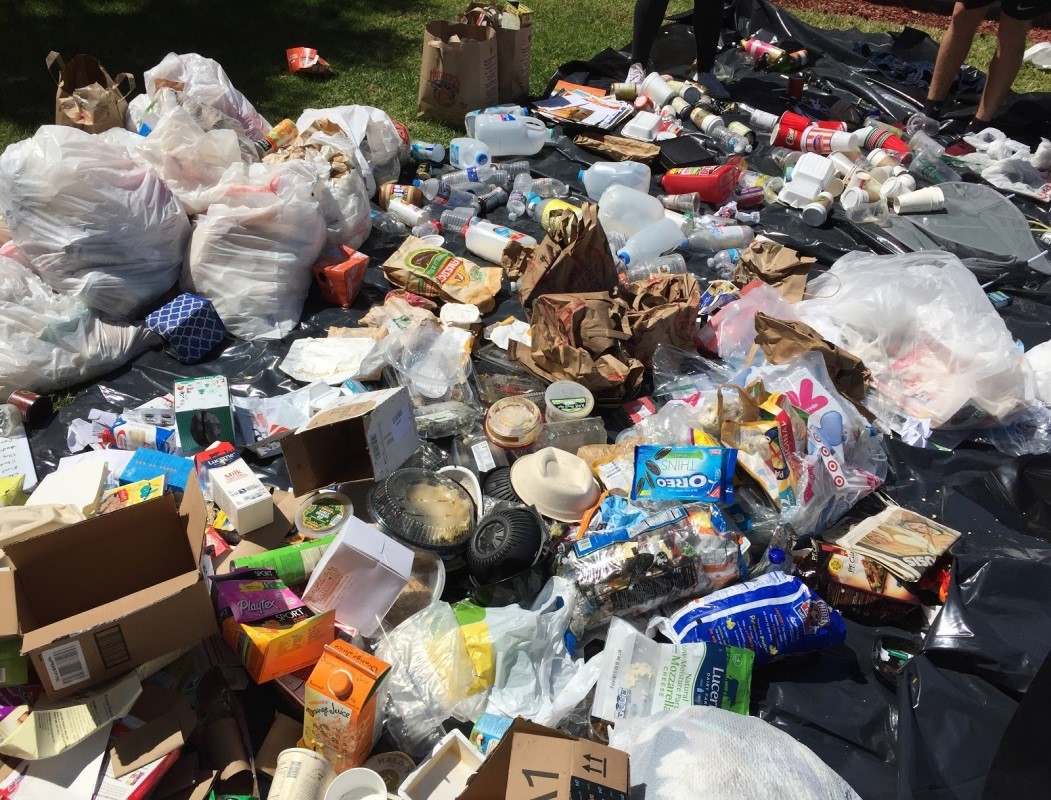
Waste Management in Residence Life
Primary Content: Three waste audits of two residence halls revealed the need for improved knowledge on recycling among students at Chapman University. Waste audits were conducted prior to and after educational information was distributed in person, email, and in waste collection rooms in order to evaluate effectiveness of each method.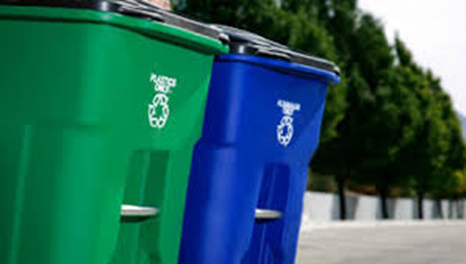
Waste Management Reusables in Residence Life
Reducing waste generated in residence life, particularly for first year students, are the first steps in creating life-long sustainable behaviors. This is can be achieved by installing additional water refill stations convenient to residences, implementing a reusable takeout container program in Randall Dining Commons, and spreading knowledge on sustainable behaviors through online content.
Hazardous Waste Management
Keeping hazardous waste, like batteries, electronics, light bulbs, and printer ink cartridges, out of landfills is critical for both human and environmental health. Chapman can minimize this problem by developing a collection and disposal program for student, staff, and faculty household hazardous waste.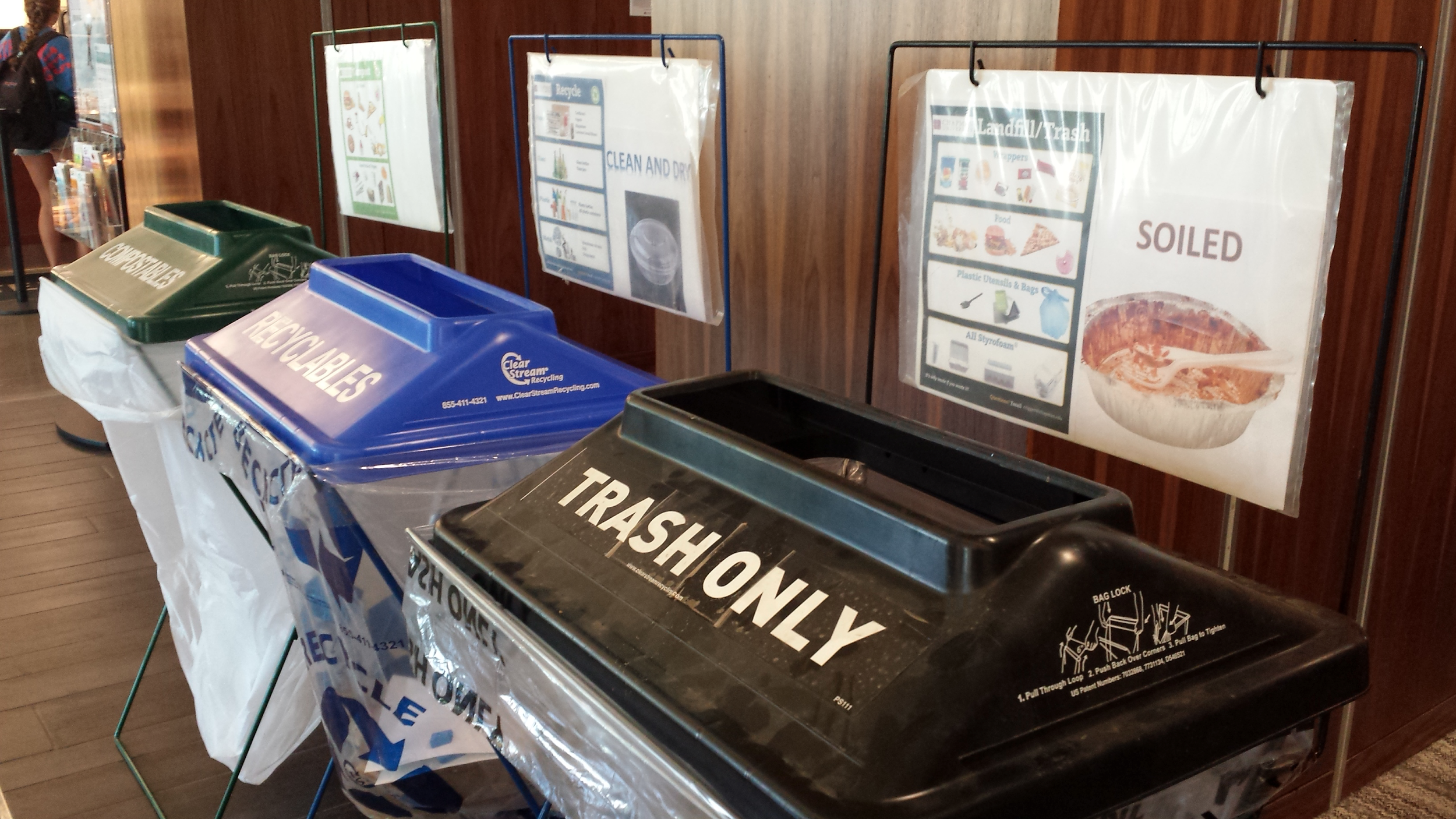
Main Campus Dining Services
This Chapter of the 2016 Environmental Audit studies the waste composition, education, incentive programs, and purchasing behaviors in Main Campus Dining Services
Sustainable Options
This section of the 2016 Environmental Audit discusses the importance of providing proper labeling and ingredient transparency at main campus dining areas for those with sustainable dietary needs.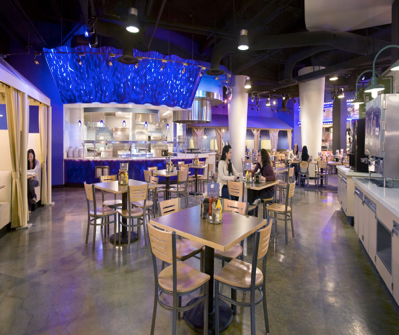
Residence Life Dining Services
Randall Dining Commons produces both pre-consumer food waste, food that is wasted before it reaches the consumer, and post-consumer food waste, food that students obtain but never eat. There is room for improvement in the methods of monitoring and reducing waste, as well as in providing environmentally friendly food options